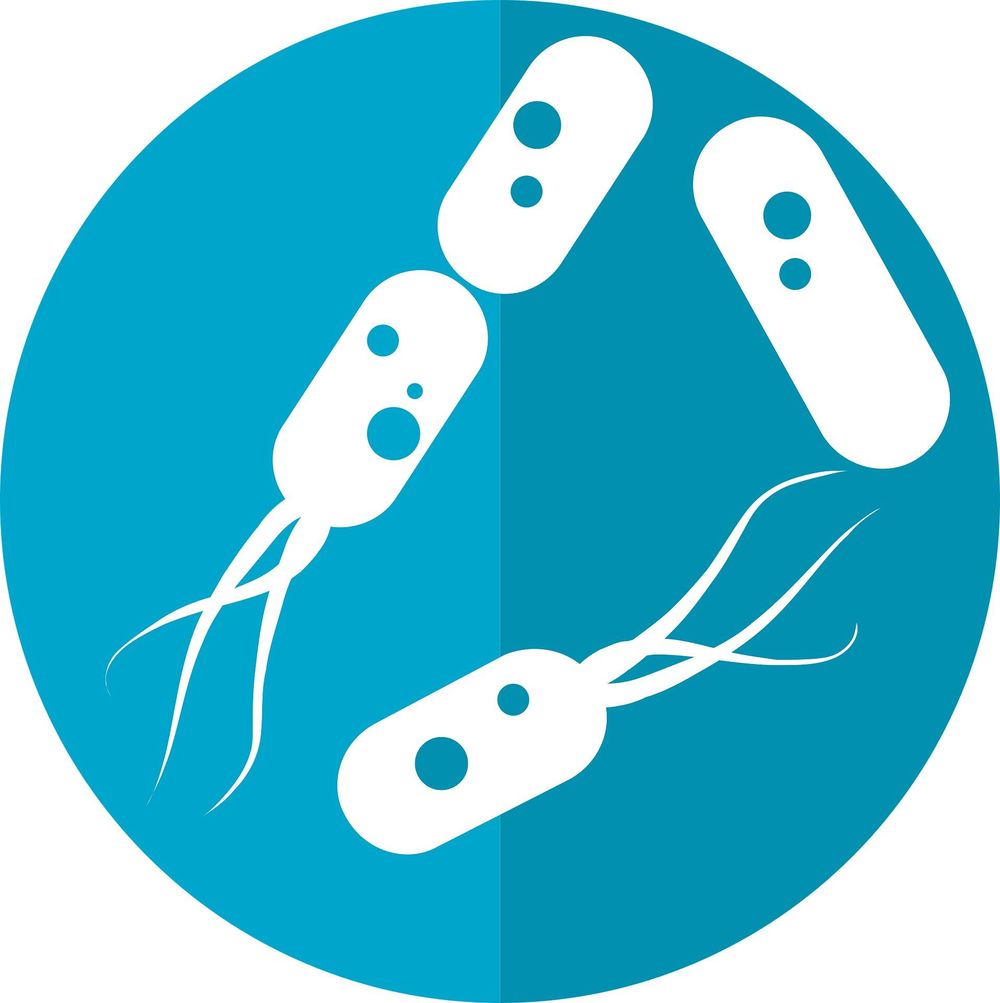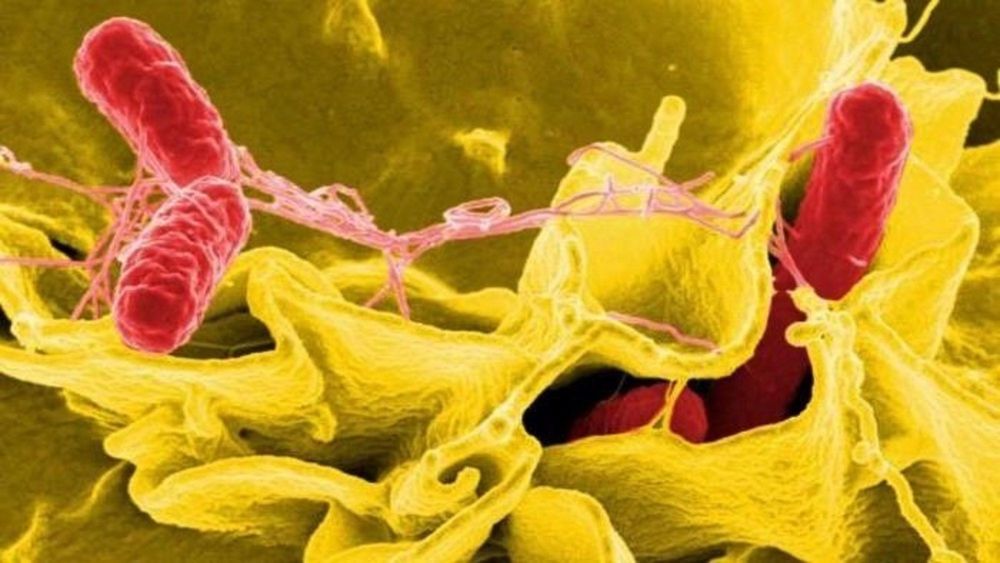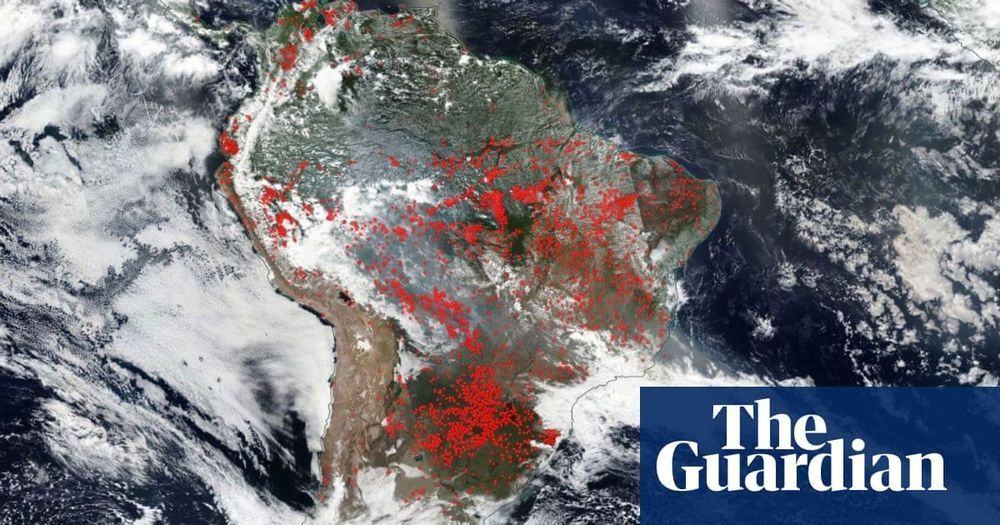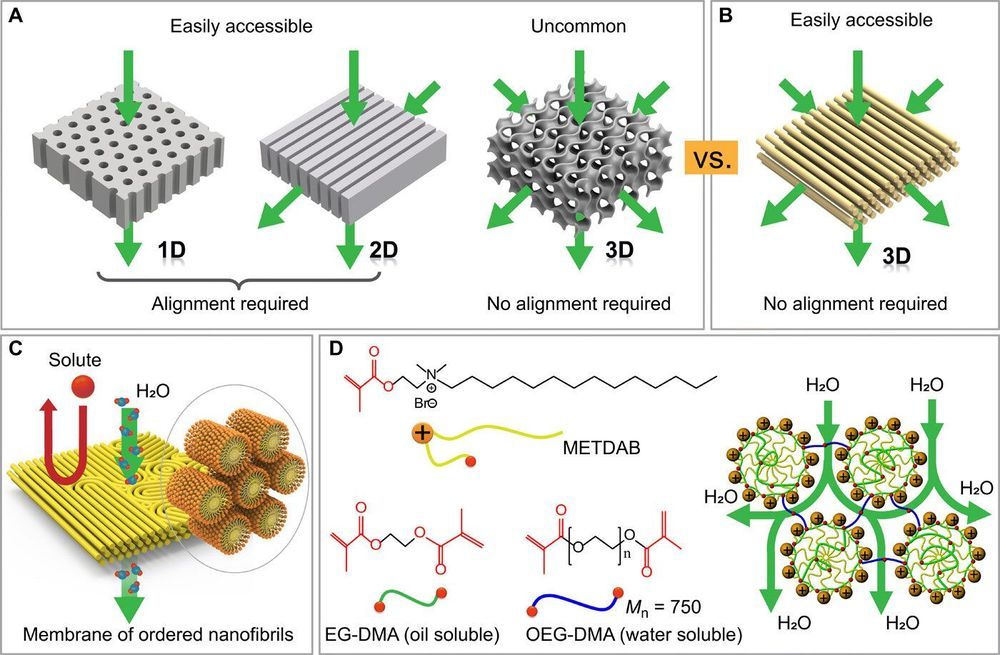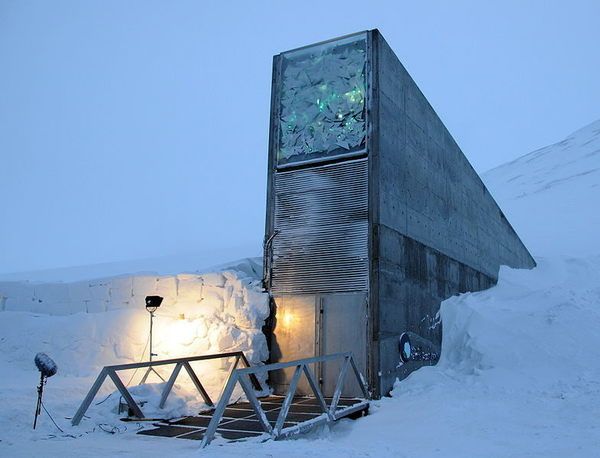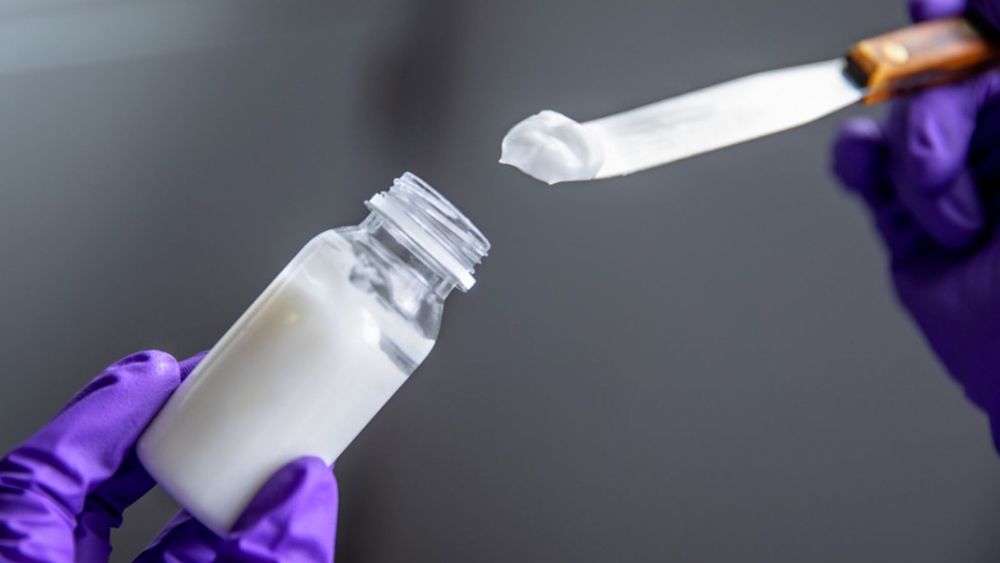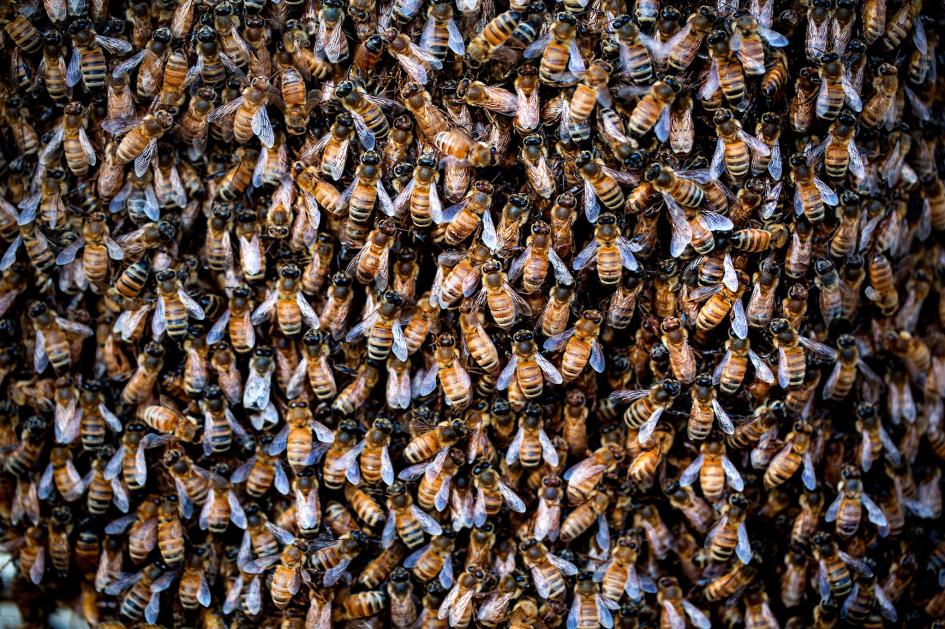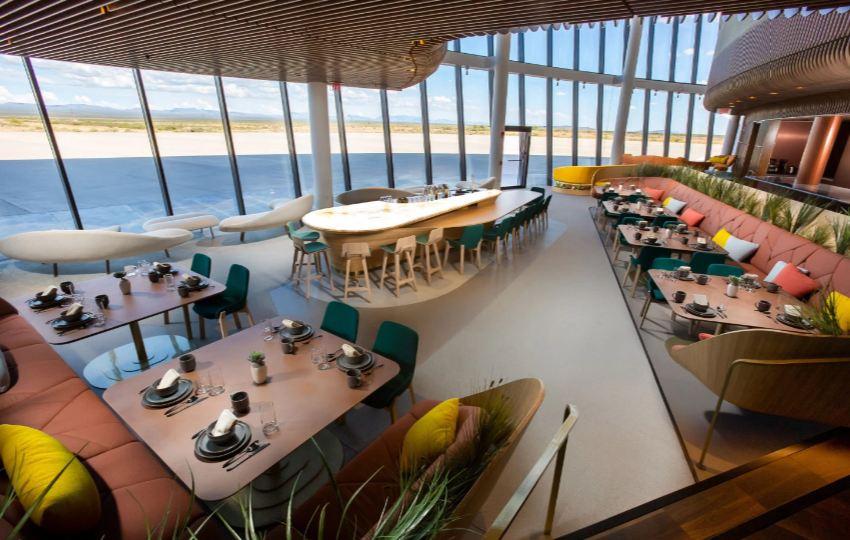Mammals evolved in the face of fluctuating food availability. How the immune system adapts to…
Category: food
You are what you eat—right down to the microbiome living in your gut. Diet can affect which microbes are in the intestinal tract, and research has shown that harmful gut microbiome changes can lead to illnesses such as heart disease, obesity and cancer. Today, scientists will report the development of molecules that can change, or remodel, unhealthful gut microbiomes in mice into more healthful ones. The research could also someday be applied to other conditions related to diet.
The researchers will present their results at the American Chemical Society (ACS) Fall 2019 National Meeting & Exposition.
“The gut microbiome contains hundreds of different species of bacteria and is where the largest concentration of bacteria living in us resides,” says M. Reza Ghadiri, Ph.D., leader of the study. “If we all ate a healthy diet, exercised and didn’t age, we wouldn’t have problems with our gut microbiome and many diseases. But, that’s not how all people live. Current methods aimed at improving the makeup of gut microbiomes have involved prebiotics, probiotics or drug therapies. Our goal was to take a totally new approach—to remodel the microbiome.”
The Centers for Disease Control and Prevention (CDC) warned Thursday of a drug-resistant strain of salmonella newport linked to the overuse of antibiotics in cattle farming.
Yes he really said this, yet he also said he wanted to use the Amazon for logging and agriculture. Personally I believe people who want to use the Amazon for commercial use are the biggest beneficiaries from such destruction, but I’m no expert.
The Brazilian president, Jair Bolsonaro, has accused environmental groups of setting fires in the Amazon as he tries to deflect growing international criticism of his failure to protect the world’s biggest rainforest.
A surge of fires in several Amazonian states this month followed reports that farmers were feeling emboldened to clear land for crop fields and cattle ranches because the new Brazilian government was keen to open up the region to economic activity.
Brazil has had more than 72,000 fire outbreaks so far this year, an 84% increase on the same period in 2018, according to the country’s National Institute for Space Research. More than half of them were in the Amazon.
Self-assembled materials are attractive for next-generation materials, but their potential to assemble at the nanoscale and form nanostructures (cylinders, lamellae etc.) remains challenging. In a recent report, Xundu Feng and colleagues at the interdisciplinary departments of chemical and environmental engineering, biomolecular engineering, chemistry and the center for advanced low-dimension materials in the U.S., France, Japan and China, proposed and demonstrated a new approach to prevent the existing challenges. In the study, they explored size-selective transport in the water-continuous medium of a nanostructured polymer template formed using a self-assembled lyotropic H1 (hexagonal cylindrical shaped) mesophase (a state of matter between liquid and solid). They optimized the mesophase composition to facilitate high-fidelity retention of the H1 structure on photoinduced crosslinking.
The resulting nanostructured polymer material was mechanically robust with internally and externally crosslinked nanofibrils surrounded by a continuous aqueous medium. The research team fabricated a membrane with size selectivity at the 1 to 2 nm length scale and water permeabilities of ~10 liters m−2 hour−1 bar−1 μm. The membranes displayed excellent anti-microbial properties for practical use. The results are now published on Science Advances and represent a breakthrough for the potential use of self-assembled membrane-based nanofiltration in practical applications of water purification.
Membrane separation for filtration is widely used in diverse technical applications, including seawater desalination, gas separation, food processing, fuel cells and the emerging fields of sustainable power generation and distillation. During nanofiltration, dissolved or suspended solutes ranging from 1 to 10 nm in size can be removed. New nanofiltration membranes are of particular interest for low-cost treatment of wastewaters to remove organic contaminants including pesticides and metabolites of pharmaceutical drugs. State-of-the-art membranes presently suffer from a trade-off between permeability and selectivity where increased permeability can result in decreased selectivity and vice-versa. Since the trade-off originated from the intrinsic structural limits of conventional membranes, materials scientists have incorporated self-assembled materials as an attractive solution to realize highly selective separation without compromising permeability.
As delicious as butter is—adding flavor and texture to almost any food—it’s not the healthiest thing to smear on toast or corn on the cob. Oil-based spreads like margarine are often considered a better heart-smart alternative, but food scientists at Cornell University have come up with what could be the ultimate butter substitute made primarily from water.
Bees, butterflies, and other insects are under attack by the very plants they feed on as U.S. agriculture continues to use chemicals known to kill.
TEPIC, Mexico (Thomson Reuters Foundation) — Tequila, avocado and corn are proving their worth beyond Mexican fiesta staples as key components for a fast-growing bioplastics market, with companies transforming waste from processing food crops into products such as bags, plates and even car parts.
Bioplastics make up less than 5 percent of the millions of tonnes of plastic produced each year around the world.
But as governments and consumers fret about the damage plastic is doing to the world’s oceans, scientists are experimenting by converting materials from cactus to shrimp shells and human waste into alternative greener plastics.
Spaceport America, the world’s first purpose-built commercial spaceport standing on the sands of the New Mexico desert, is readying itself to welcome the world’s first space tourists.
And Virgin Galactic will likely be the first to fly these people into outer space. The cost of a seat on a Virgin Galactic spaceflight is $250,000 and 600 people have already paid downpayments for their trips.
Virgin Galactic on Thursday declared Spaceport America “operationally functional” and transferred all its spaceflight operations to this facility. It also revealed the interior of its “Gateway to Space” building at the spaceport.

